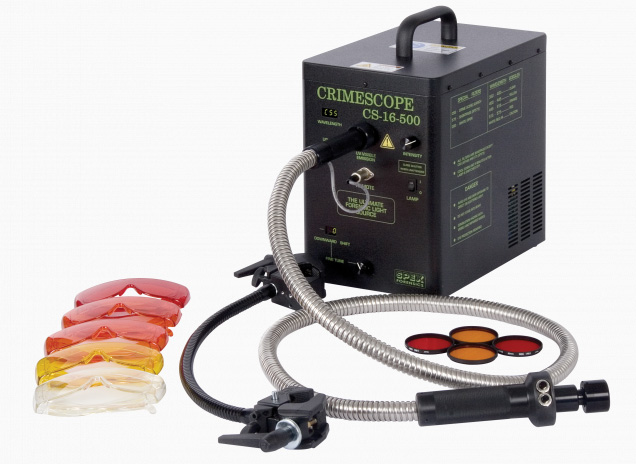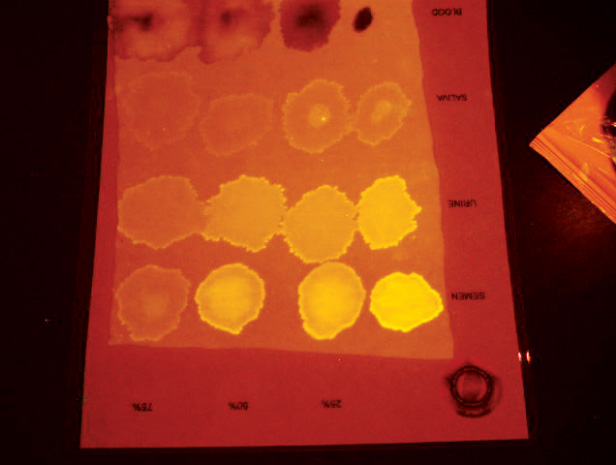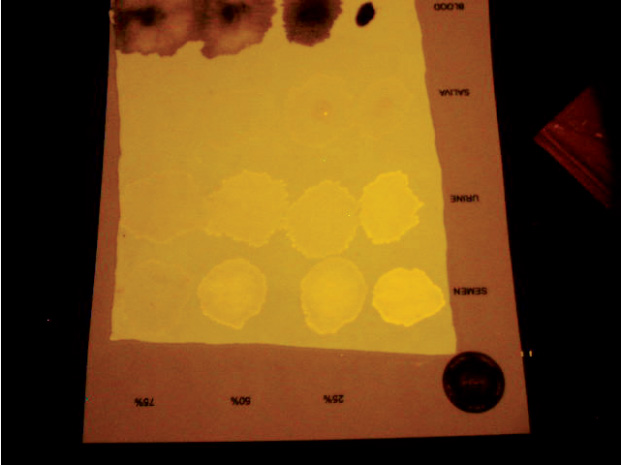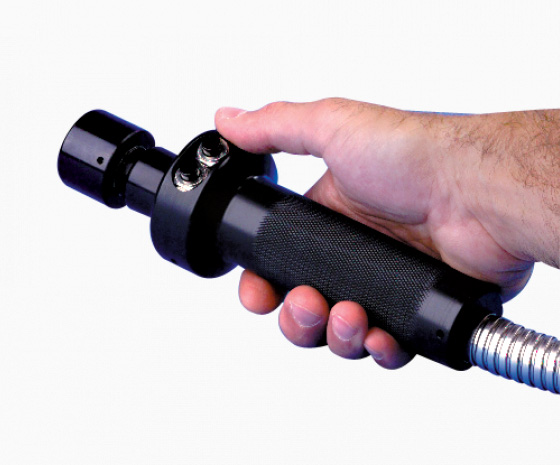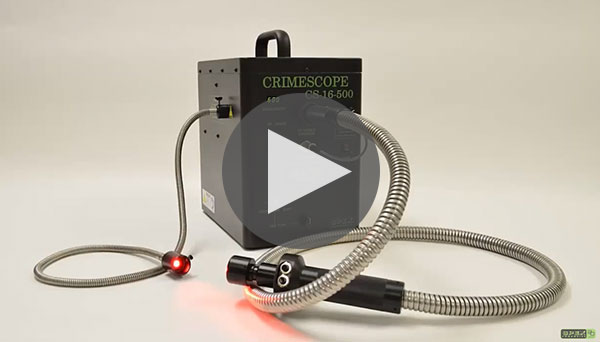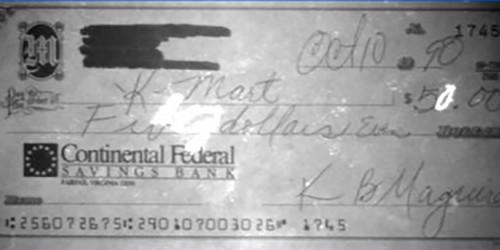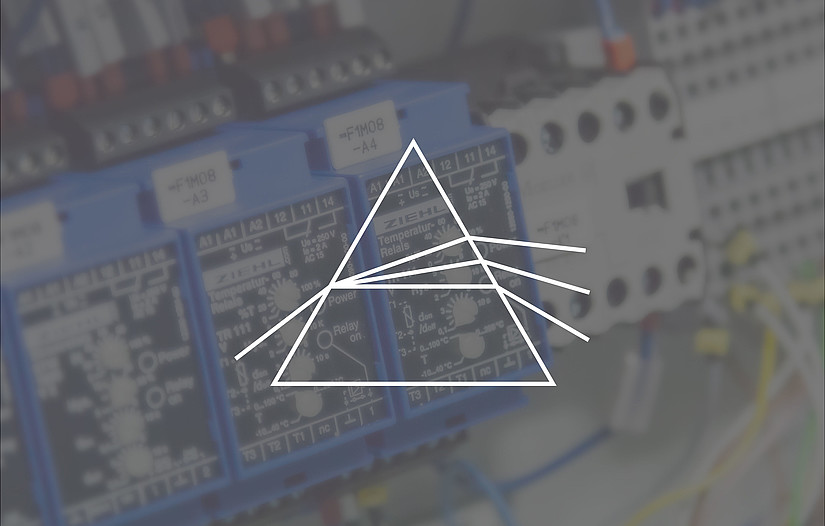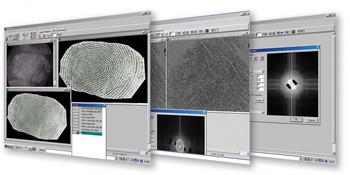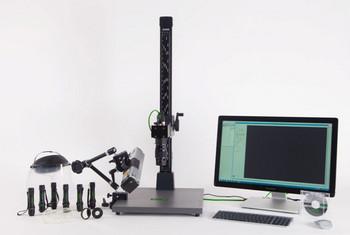
Technical Specifications
Type of Lamp: Xenon
Lifetime: 1,500 hours
Electrical Power: 500WAC
Electrical Specifications: 100-220 VOLT +/10%, 50/60 Hz, 7 AMP
Warranty: One Year on Parts and Labor
Features
- New high throughput filters
- High intensity 500W Xenon bulb for superior wavelength coverage
- Most complete - 15 wavelengths on internal motorized wheel
- UV (300-400nm), 415nm, 445nm, 455nm, 475nm, 495nm, CSS (Crime Scene Search shortpass filter SP540nm), 515nm, 535nm, 555nm, SP575nm, 600nm, 630nm, 670nm, White Light.
- Wavelength fine tuning
- Remote control for one hand operation
- Uniform and adjustable illumination spot
- Optional computer control software
- Optional infrared capability; LP 630nm, LP715nm, LP780nm, LP830nm
The CrimeScope is also available configured with 12 wavelengths for economy.
CrimeScope CS-16-400 and CrimeScope CS-16-10
The Original CrimeScope CS-16-10 introduced in 1993 and later, the CrimeScope CS-16-400, are no longer available. They have been replaced by the CS-16-500W above.
Both earlier CrimeScopes are still being supported by SPEX Forensics.
